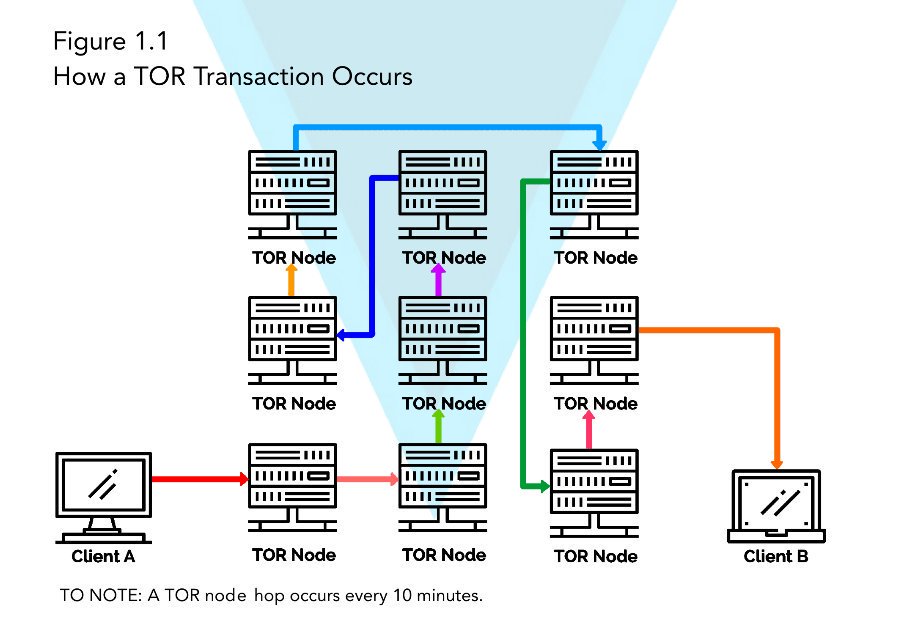Everything is built on everything else, if there is a lack of references to exiting research the team is either under-researched or making shit up.
Such a system is economically infeasible without trusted nodes, in which case what is even the point of a whole a distributed system, just be a bank.
* Lack of economic security model .
* Weird behavioral assumptions for system actors.
* Multiple Blockchains.
* DAG construction.
* *we haven't worked out this bit yet*.
* Instant transactions / Infinite Scaling.
* "Anonymity" achieved only through Tor.
















